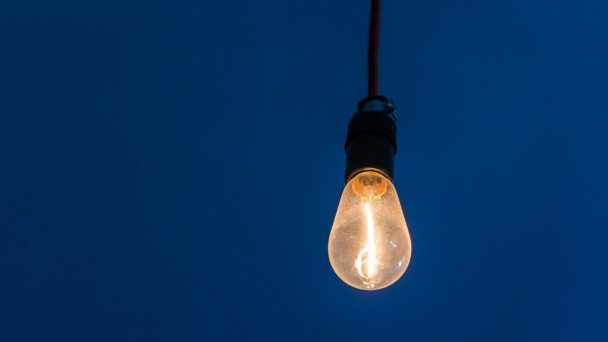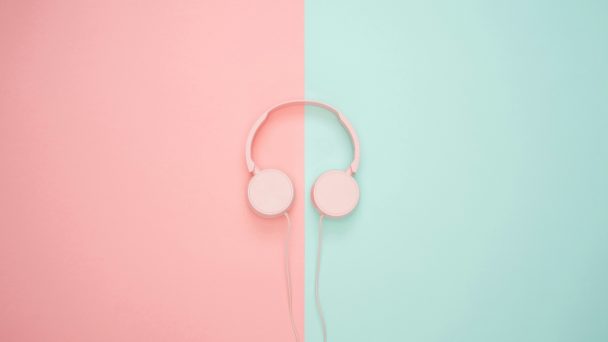What does the Netherlands think about…

…blurring? Alcohol commercials? Price measures? Alcohol labelling? And the availability of alcohol? The Trimbos Institute investigated the support for policy measures aimed at reducing alcohol consumption. And presented these measures to almost 6000 adults. You can read the results here.
Blurring yes or no?
No, say 74 percent of the respondents. According to them, blurring increases the availability of alcohol.
| This is blurring
Blurring are so-called mixing formulas, so that you drink bubbles at the hairdresser or toast in front of the fitting rooms of a clothing store, for example. |
Alcohol advertising yes or no?
No, say 65 percent of the nearly 6,000 respondents. Because as they say: seeing alcohol advertising increases the chance that young people and young adults will start drinking alcohol earlier and will drink more.
| That's what alcohol commercials are
Alcohol commercials are financed by the alcohol industry. The alcohol industry focuses on a young audience, because starting to drink alcohol as young as possible is good for business. Because young people start drinking sooner by seeing alcohol commercials, and young people who already drink start drinking more. And let's not forget, young people are the drinkers of the future. That cozy commercial in which a group of friends toasts to the weekend or where two girlfriends chat over a drink strikes a sensitive chord with young people |
Alcohol labeling yes or no?
Yes, 63 percent think it's an excellent idea to list the risks of alcohol consumption on the packaging. Alcohol labeling raises awareness about alcohol harm, resulting in less alcohol consumption.
| Alcohol labeling is…
…the mandatory inclusion of product information (ingredients and nutritional value) and health information and warnings about the risks of alcohol on the labels of alcoholic beverages with an alcoholic strength by volume of more than 1.2%. |
Price measures yes or no
Yes, 44 percent agree with a ban on price measures in the form of discounts on alcohol in supermarkets or catering establishments. In addition, 40% of adults thinks a higher price for alcohol is (very) good. By not making the price for alcohol more attractive, someone is more likely to choose not to buy the bottled drink. The majority therefore has no problem with discounts or standard lower prices.
This text is based on 'Majority of adults in favor of alcohol advertising ban and against alcohol blurring' trimbos.nl.


